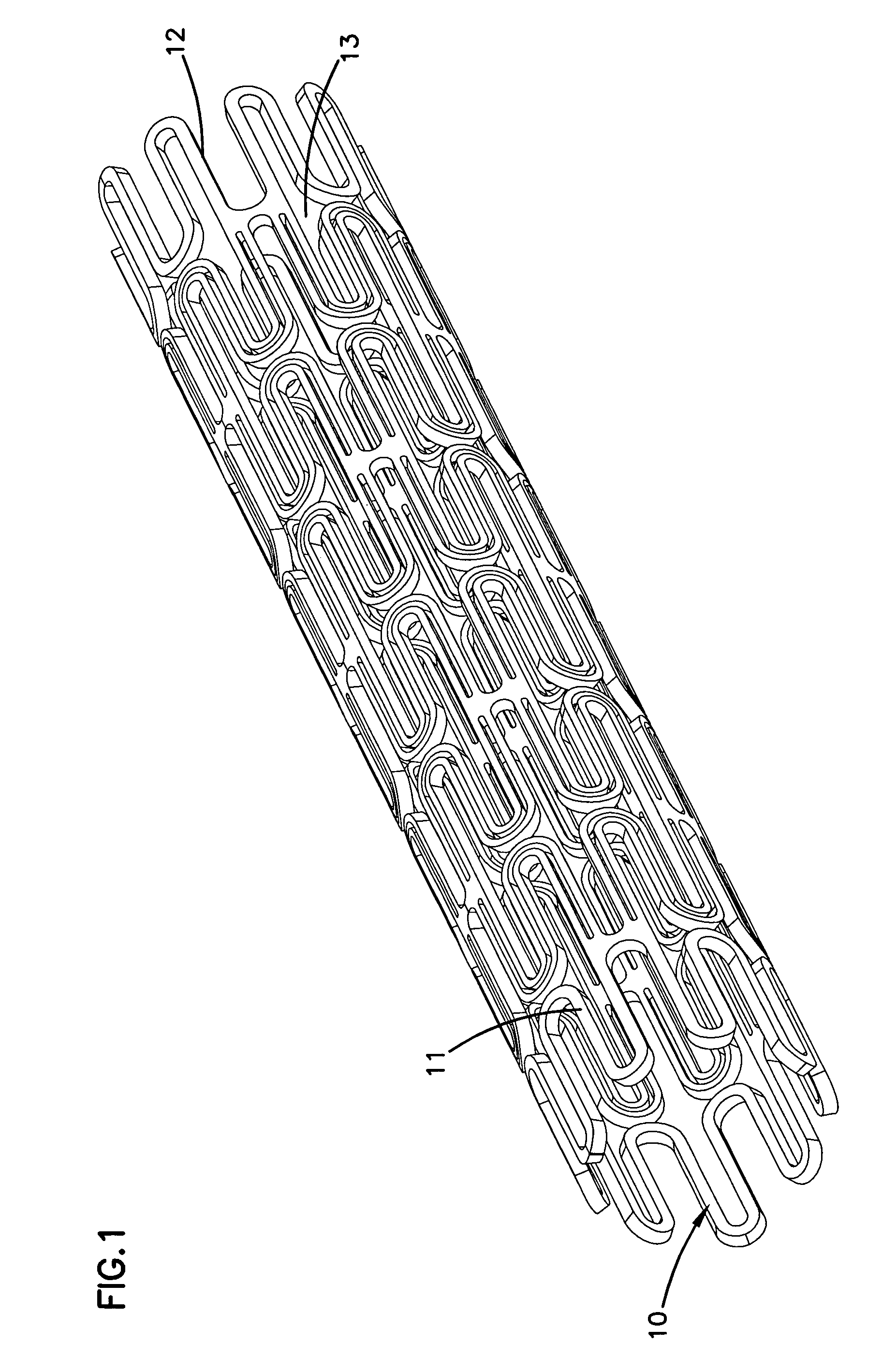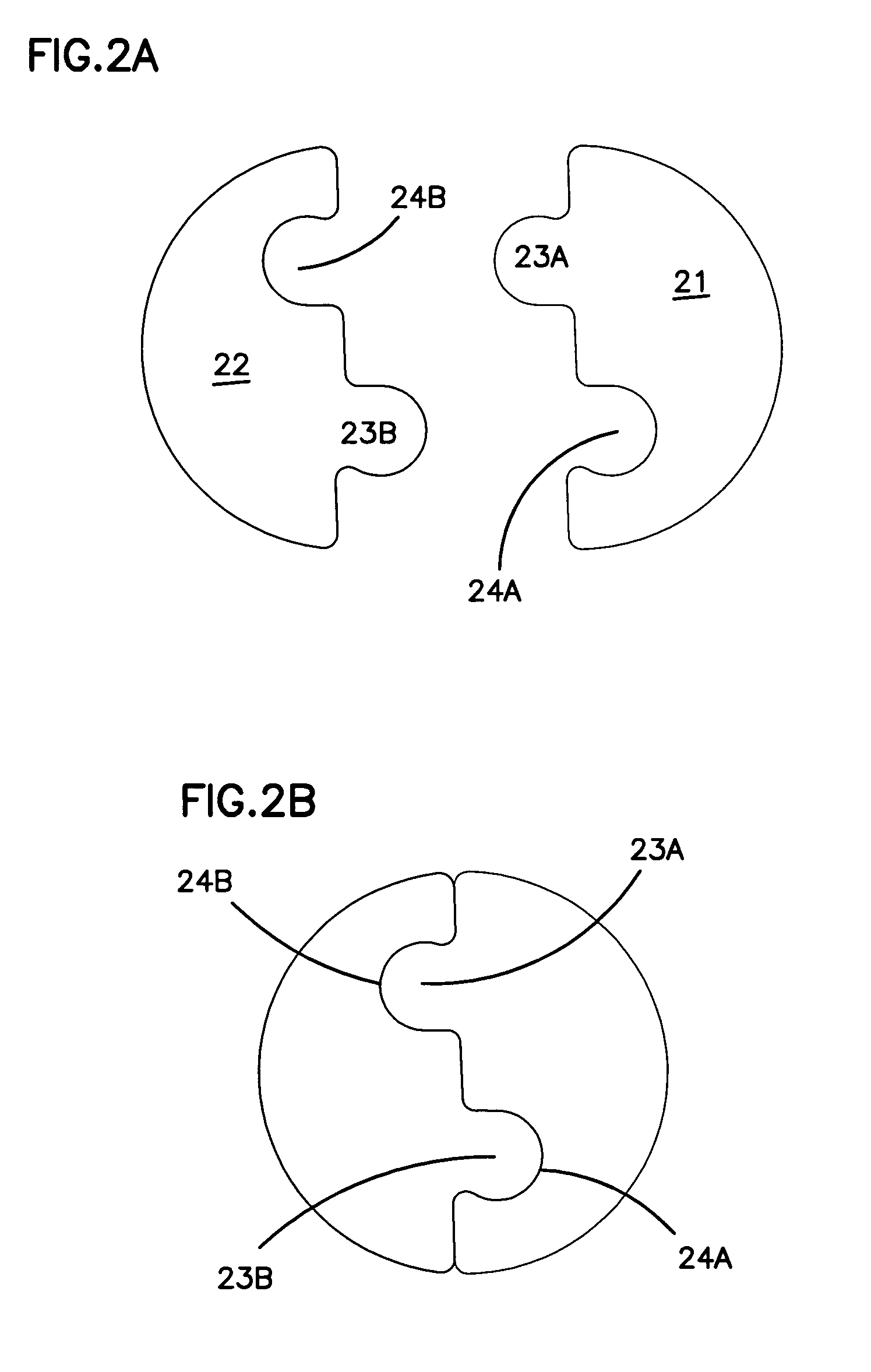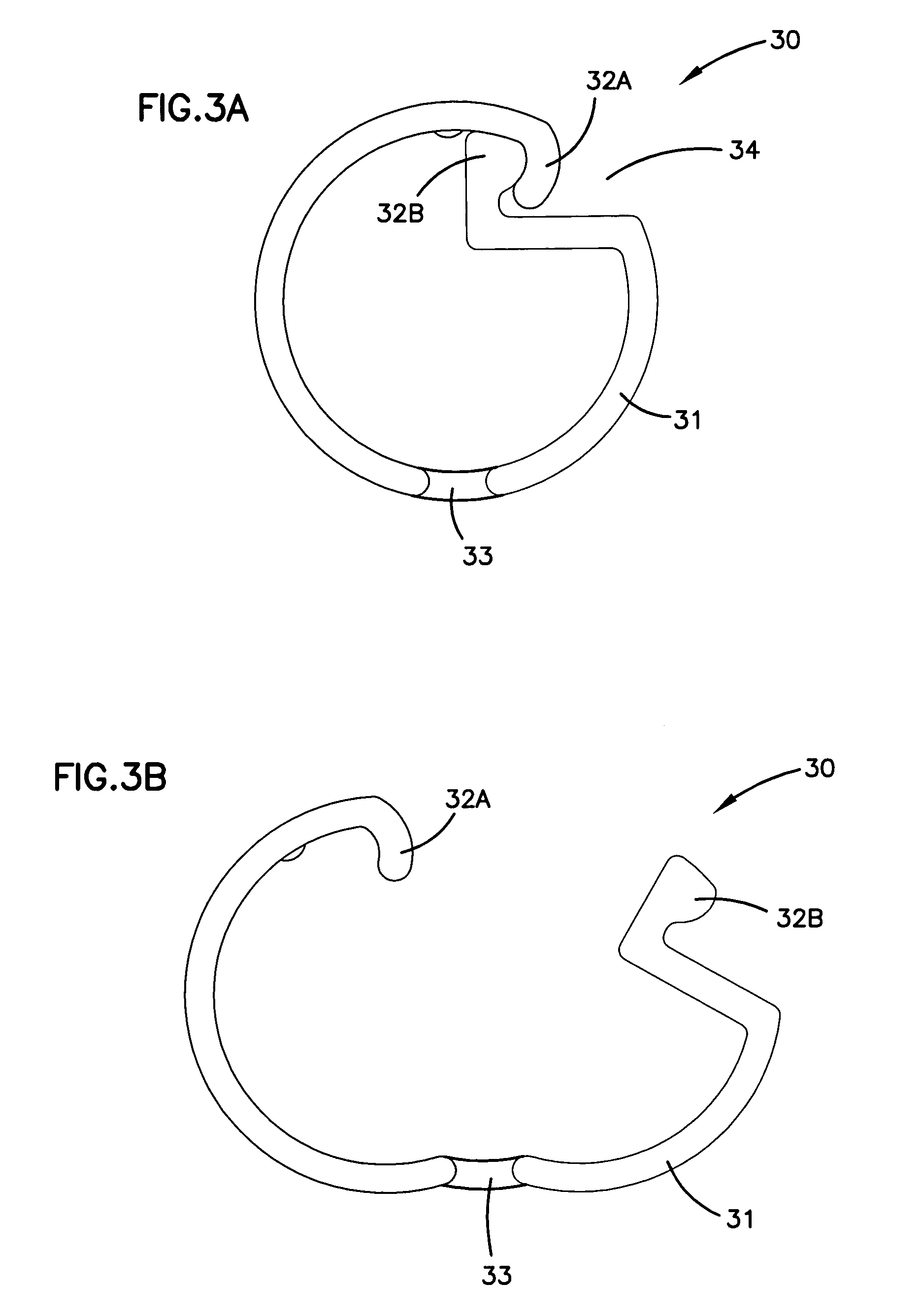Extrusion method forming an enhanced property metal polymer composite
a metal polymer composite and extruding technology, applied in nuclear engineering, nuclear elements, fishing, etc., can solve the problems of inability to display composite properties, high density metal composite materials having a density greater than 10 grams, etc., to enhance the density of composite materials, improve mechanical, electrical, magnetic or catalytic properties, and not chipped or scarred. or lose the decorative appearance
- Summary
- Abstract
- Description
- Claims
- Application Information
AI Technical Summary
Benefits of technology
Problems solved by technology
Method used
Image
Examples
experimental 1
[0138]The experiment consisted of four main areas of focus: density, melt flow, tensile strength and elongation. Density measurements were taken by creating samples using an apparatus assembled by Wild River Consulting, which mainly consisted of a metallurgical press fitted with a load cell, and a 3.17 cm cylindrical die modified with a 0.25 cm diameter hole in the bottom of the die. Samples created by these instruments were assumed to be perfectly cylindrical, and therefore measuring the diameter, length, and mass yielded the density of the sample.
[0139]During die extrusion, at 1800 kg ram force and 177° C., melt flow was measured for each sample. By timing the sample as it passes the length calibration of the instrument, the rate in which it extruded was calculated. This linear velocity was then normalized by dividing by the orifice radius. The resulting quantity was defined as the melt flow of the material. To ensure complete mixing, extruded materials were re-extruded at least f...
experimental 5
[0152]The material used for the melt flow experiment data in Table 5 was made as follows. Technon Plus tungsten particulate was modified and blended with the Dyneon THV220A polymer and introduced using a calibrated gravimetric feeder into the extruder. The extruder was a Brabender 1.9 cm single screw with a custom screw, modified to create low compression. The heating zones were set to 175° C., 175° C., 175° C., and 185° C. The screw RPMs were maintained between 20 and 40. The barrel was air-cooled. The material exit speed was about 1 meter per minute. Using the above settings, 92 wt.-% of Technon Plus tungsten pretreated with 0.01 wt.-% of the interfacial modifier Kenrich NZ12, was blended with 8 wt.-% THV220A.
[0153]Typical melt flow for the materials of the invention are at least 5 sec−1, at least 10 sec−1, about 10 to 250 sec−1 or about 10 to 500 sec−1. In order to measure extrusion melt flow, a custom test system was created. A small hole (0.192 cm in diameter) was drilled into ...
example article 1
Article Production
[0156]Containing: Polystyrene, Technon Powder, Kronos 2073, and Ken-React NZ12.
[0157]Formulation by Weight:
[0158]
Polystyrene0.6563gTechnon Plus tungsten particulate12.1318gKronos 2073 TiO2 particulate0.14719gKen-React NZ 120.2740g
[0159]Polystyrene was dissolved in a blend of toluene, MEK and acetone to a total solid of 38 wt.-%. The two particulates were dispersed with stirring in the same solvent blend and the NZ 12 was added to this dispersion. After stirring to break the TiO2 agglomerations the Polystyrene solution was added and stirred while blowing off the solvent till the blend became a semisolid. This material was then compression molded into a jig with No. 1 hook.
PUM
| Property | Measurement | Unit |
|---|---|---|
| particle size distribution | aaaaa | aaaaa |
| particle size distribution | aaaaa | aaaaa |
| particle size | aaaaa | aaaaa |
Abstract
Description
Claims
Application Information
 Login to View More
Login to View More - R&D
- Intellectual Property
- Life Sciences
- Materials
- Tech Scout
- Unparalleled Data Quality
- Higher Quality Content
- 60% Fewer Hallucinations
Browse by: Latest US Patents, China's latest patents, Technical Efficacy Thesaurus, Application Domain, Technology Topic, Popular Technical Reports.
© 2025 PatSnap. All rights reserved.Legal|Privacy policy|Modern Slavery Act Transparency Statement|Sitemap|About US| Contact US: help@patsnap.com



